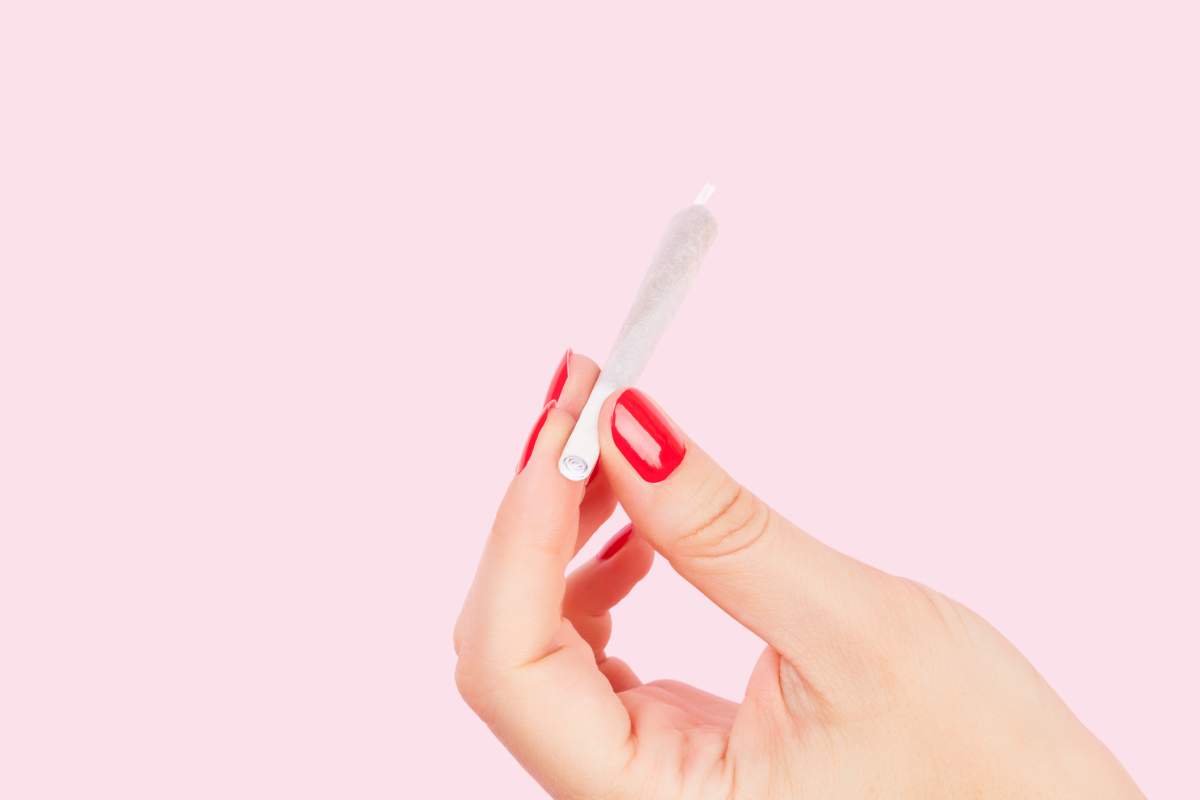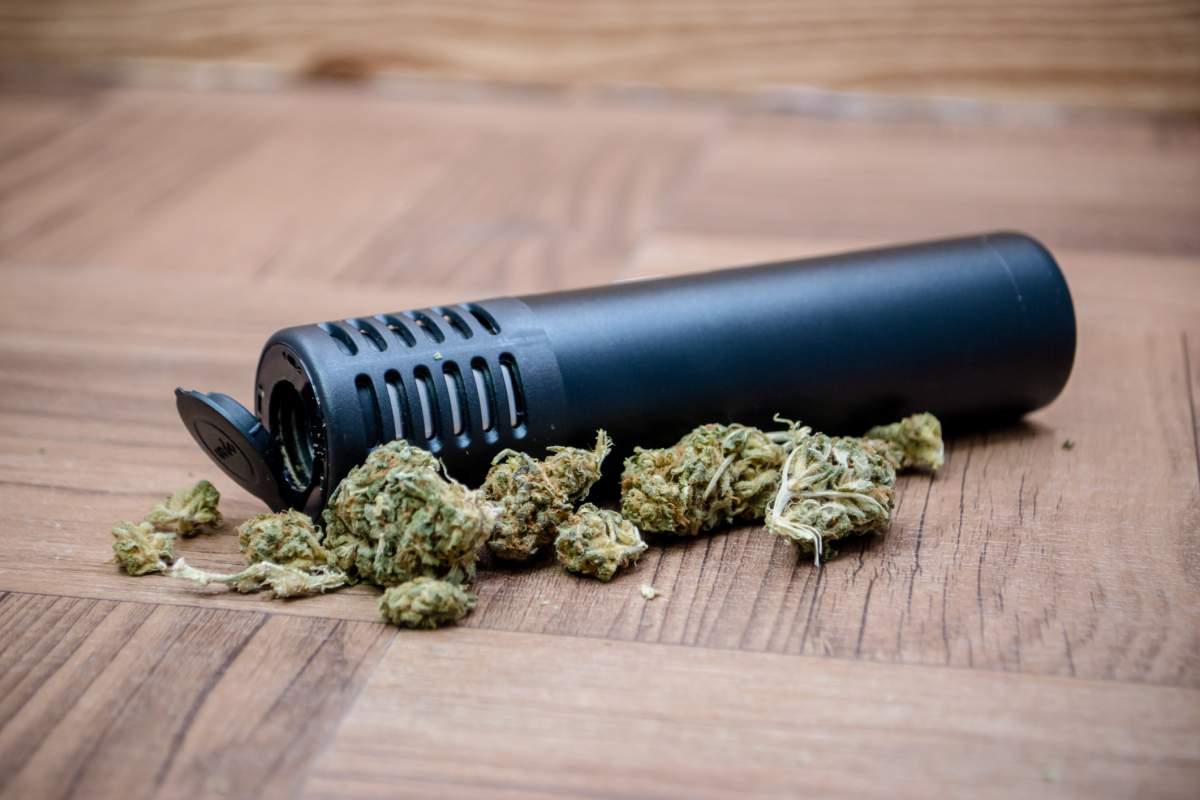As cannabis is legalized across the country on Oct. 17, Global News is answering key questions on what it means for you: What will the roll out look like in each province? What’s the impact on the economy? On your health?

To keep up to date on the legal, social and health implications of legalization, sign-up for our weekly newsletter, Cannabis IQ.
Legalization of cannabis in Canada will soon be in full effect, which means there will be several ways people can consume weed.
But the only legal recreational marijuana on sale as of Oct. 17, includes fresh, dried bud, oil, plants and seeds. Which means things like edibles and concentrates won’t be available for legal consumption just yet.
Chanel Rousseau, owner of medical cannabis clinic The Green Remedy based in Philadelphia, said there are at least 20 different ways to consume cannabis, but some are more popular (and practical) than others.
READ MORE: Companies are betting big on edible pot products ahead of legalization
Working in the cannabis industry since 2014, Rousseau recently moved to the U.S. from Toronto. She added with legalization, she can see the negative stigma of consuming marijuana out in the open slowly diminishing. And while she believes smoking weed is going to be the most popular form of consumption, she does think Canadians will want to experiment.
“Smoking doesn’t work for everyone,” she told Global News. “Not everyone likes it and it’s not always ideal for someone’s lifestyle.”
Canadian cannabis policy journalist Zack Kotzer agreed, and predicts interest from non-pot smokers early in the first few months of legalization.
“You’ll see a lot of brands coming out of the woodwork, marketing and releasing products related to pot.”
So what are the legal (and not so legal) ways to consume cannabis? Our experts below discuss.
Smoking
Pipes and bongs will also be popular ways to smoke — as they have been for decades.
MORE: For the launch of our weekly newsletter Cannabis IQ, we’re giving away $100 Visa gift cards. Click here to find out more.

Get breaking National news
Where you are allowed to smoke also depends on the province or territory you are in. For example, in Saskatchewan, you are allowed to light up in your private residence, but you are not allowed to smoke at parks, playgrounds or even while camping. In Quebec however, cities are prepared to ban pot in public places altogether, as well as universities.
Check with your city, province or territory to find out more.
Edibles
Edibles are often consumed in the form of brownies, cookies, chocolate or gummy bears.
READ MORE: Here’s everything to know about cannabis-infused drinks
Kotzer added if you are experimenting with marijuana for the first time in years, edibles are the not the way to go because for some, the high off edibles is stronger and lasts longer.
“If for some reason you haven’t done any cannabis in the last 30 years, do not hop back in with an edible… that is a big mistake.”
Vaping
“For the moment they are looking into the matter, similar to edible products,” he said, adding because vaporizers are popular among minors, this could be one of the reasons of concern.
WATCH: Is marijuana smoke as bad as cigarette smoke?

Canadians are legally allowed to buy vaping products for nicotine as an alternative to smoking, and surveys have shown 13 per cent of Canadians have tried a vaping product. In August, Health Canada told the CBC it needs more evidence to determine the risks posed by cannabis-based vaporizers.
But regardless of legalization, Rousseau predicts vaping will also be a popular method, mostly because it’s more discreet.
Oil is a concentrated form of cannabis available to Canadians post-legalization.
“This is great for people who do not wish to smoke the plant or use a vape,” Rousseau explained. “There are tons of different strains of oils and … you typically have the option of having little to no THC.”
MORE: For the launch of our weekly newsletter Cannabis IQ, we’re giving away $100 Visa gift cards. Click here to find out more.
Oils can sell for $90 for a 40 ml bottle, which has 26.3 mg of THC per millilitre. “Oils are the softer entry-level to using cannabis, but it’s so much trickier,” University of British Columbia post-doctoral student Jenna Valleriani previously told Global News. “There needs to be more information. Rather than just using dried cannabis, where you can take one inhalation, see how you feel and stop, and kind of figure out if you need more or not, with oils without that proper education, it’s so easy to consume too much.”
Oils can be consumed with a dropper or in the form of gel capsules.
Other forms of concentrates and extracts are not part of legalization, and like edibles, Health Canada will review safety risks associated with concentrates and reevaluate their role in the market during the next year.
Also not part of the legal market in Canada just yet are creams and ointments. Once legal, these products — which do not have psychoactive effects — may be popular among people who use cannabis for health reasons like pain relief.
arti.patel@globalnews.ca













Comments